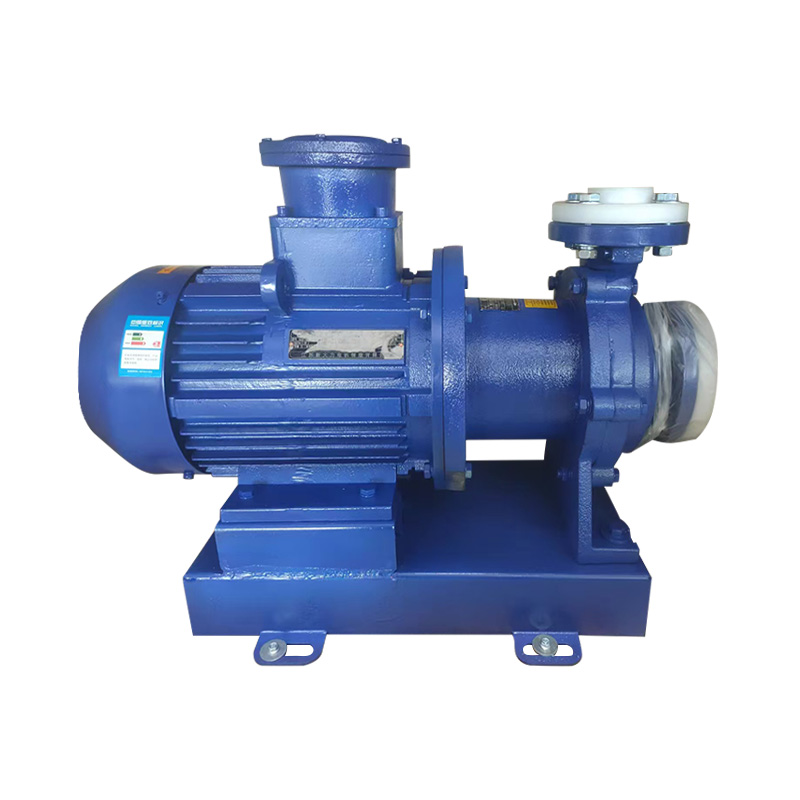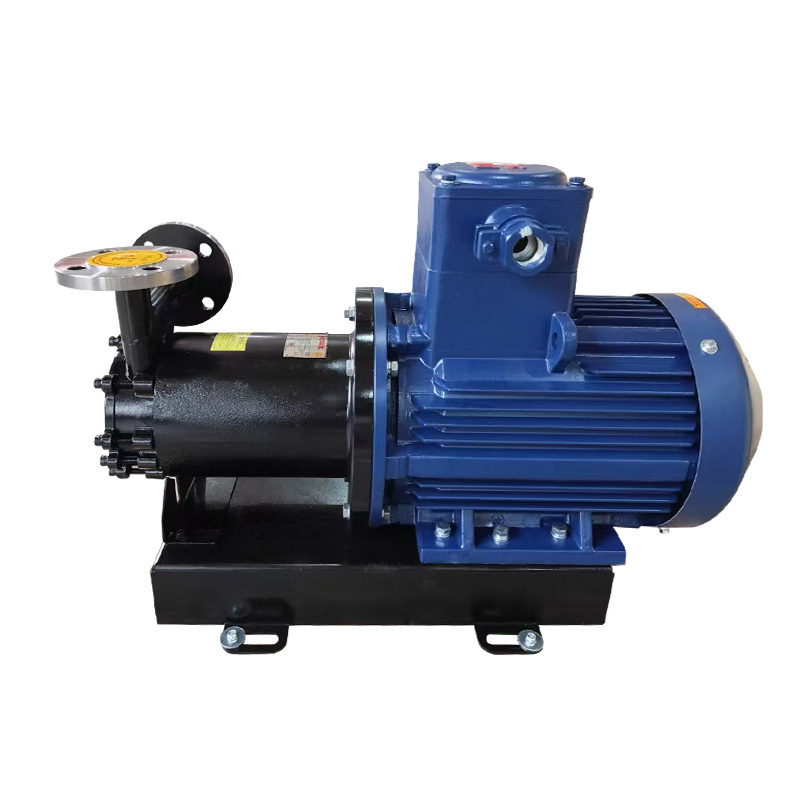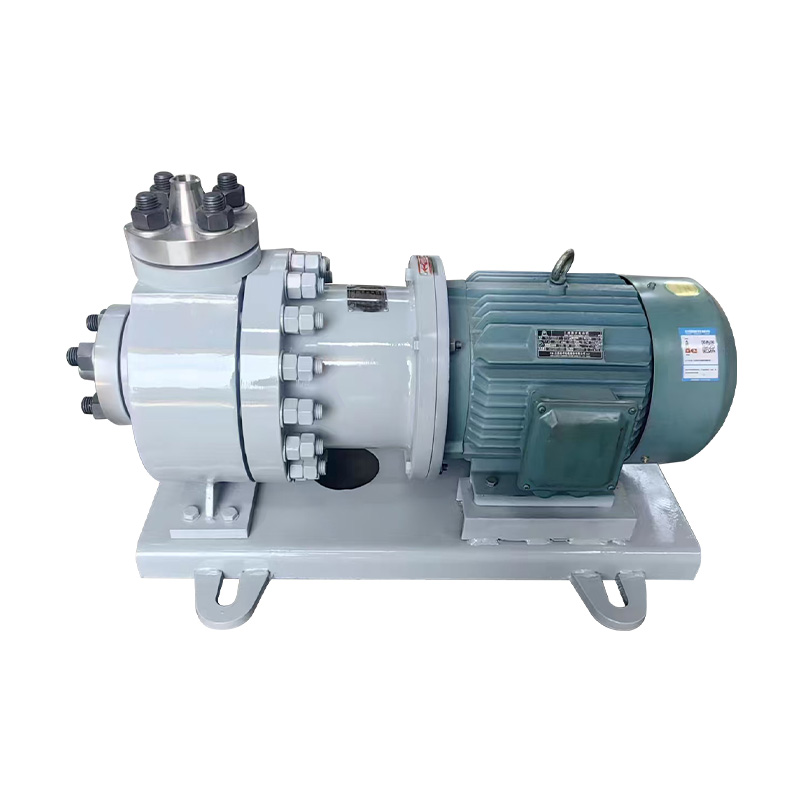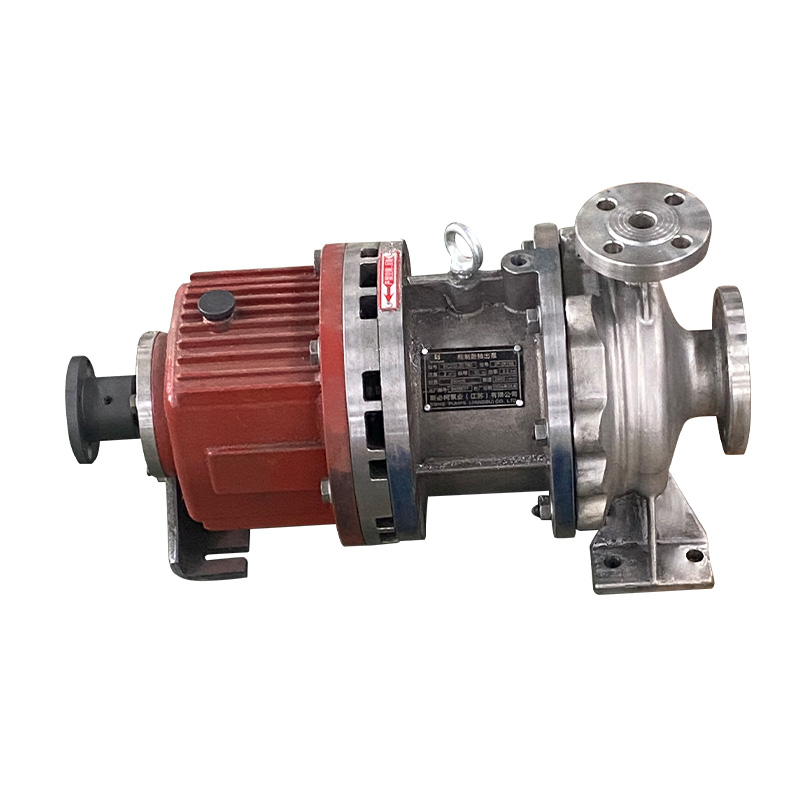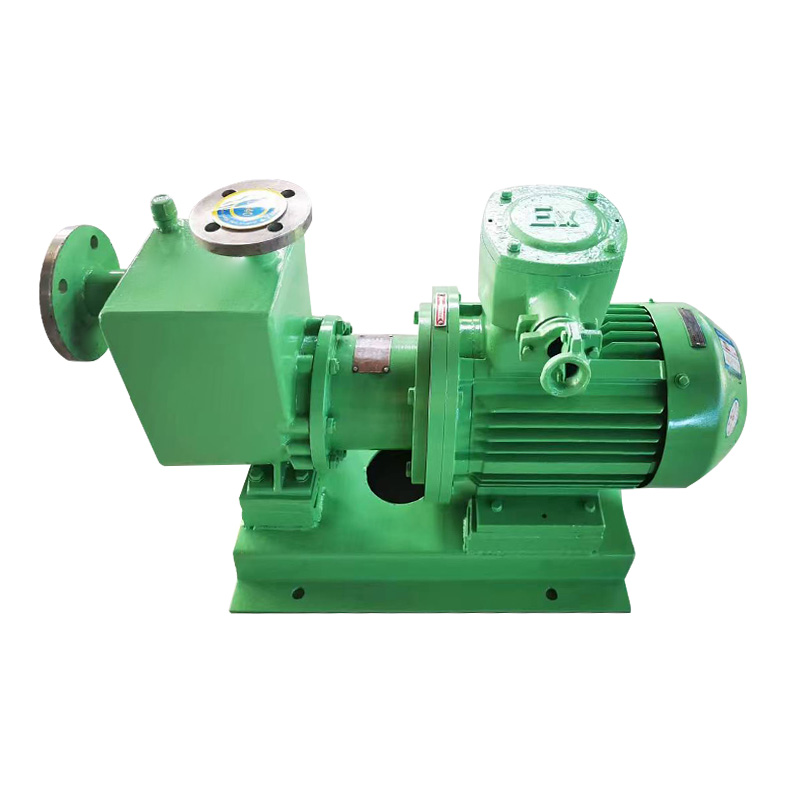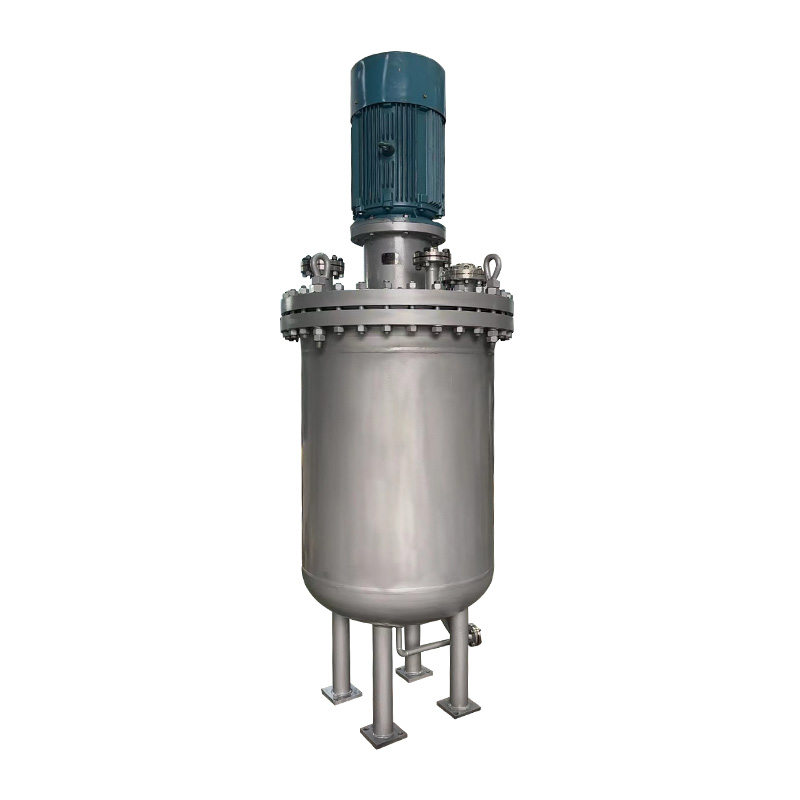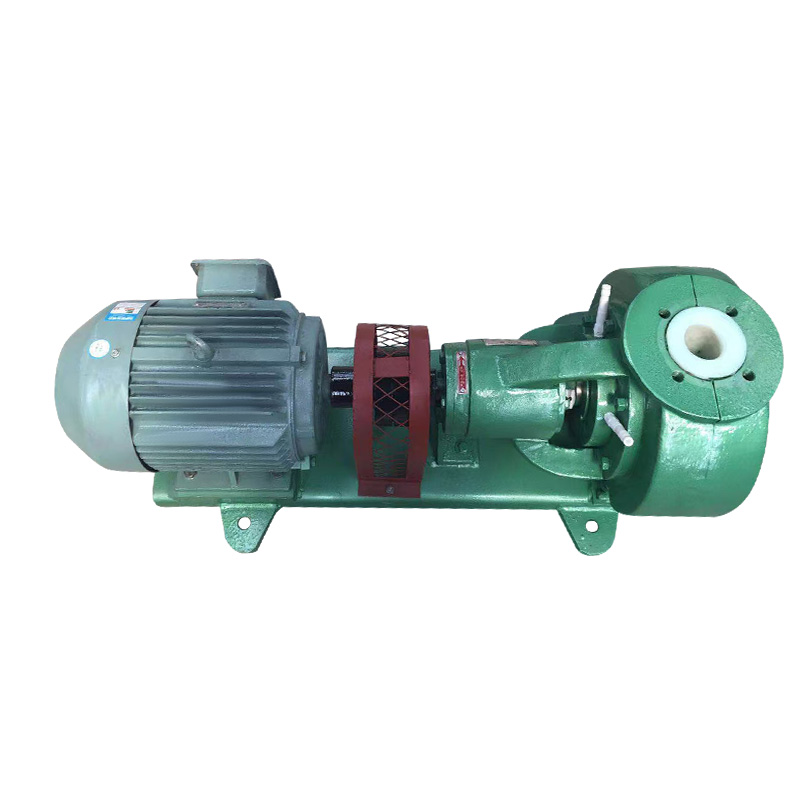What Is an SP Mixed Flow Pump and Its Fundamental Working Principle
An SP mixed flow pump is a type of pump that combines features of a radial flow pump and partially those of an axial flow pump, allowing fluid within the impeller to be expelled both radially and with a component close to the axial direction. This design enables the SP mixed flow pump to operate with relatively high efficiency in mid-range flow rates and moderate heads, especially when the system demands high flow but not extremely high head. Its mixed flow pathway and optimized impeller curve reduce energy loss and help the pump maintain stable pressure and fluid velocity during operation. The working principle involves a suction chamber guiding fluid into the impeller, the impeller imparting kinetic energy, and the pump casing along with guide vanes converting part of that kinetic energy into pressure energy, while balancing axial and radial forces so that the pump structure remains compact and suitable for a wide range of operating conditions.
Performance Parameter Analysis: Flow, Head, and Efficiency
When analyzing the performance of an SP mixed flow pump, flow rate, head, and efficiency stand out as the most critical parameters. Flow rate determines the volume of fluid the pump can deliver per unit of time, while head represents the pump's ability to overcome system resistance and lift fluid to a certain height. Efficiency is a vital metric to assess how much input energy is wasted through unwanted heat or mechanical losses. A well-designed SP mixed flow pump features an impeller design that ensures fluid paths are smooth, matching guide vanes and casing to mitigate eddies, and seals and bearings that minimize friction and leakage under load. If the head requirement is too high or system resistance excessive, the pump’s flow rate drops sharply and efficiency degrades; conversely, if system resistance is very low but head demand is minimal, operating in a low-efficiency zone may lead to wasted electrical energy. Thus, selecting a pump whose characteristic curve aligns closely with the anticipated operation conditions is essential.
Key Considerations During Installation and Commissioning of an SP Mixed Flow Pump
During the installation of an SP mixed flow pump, the positioning of the pump, the levelness of its foundation, the layout of inlet and outlet piping, and the sealing status are all critical factors. If the pump is not installed level or is unstable, vibration will increase, reducing the lifespan of bearings and shaft sleeves; if piping includes too many bends or sudden changes in diameter, the fluid flow can be disrupted, causing local turbulence and pressure losses, which in turn affect head and flow specifications. During commissioning, one must verify that the startup method and rotation direction are correct, check whether shaft seals are leaking, and ensure that bearing lubrication is adequate. On first run, gradual ramping up of load helps the system and the pump establish stable flow before reaching full operation, preventing damage from sudden load shocks.
Detailed Explanation of Common Fault Causes and Maintenance Methods
With extended use, an SP mixed flow pump may experience various faults such as reduced flow, failure to reach designed head, excessive noise or vibration, seal leakage, or overheating of bearings. Reduced flow could stem from blocked intake filters or damage to the impeller by debris; failure to achieve head may relate to impeller wear or poor sealing; excessive vibration or noise usually comes from unbalanced impeller, bent shaft, worn or damaged bearings, or loose pump casing. Maintenance should begin by isolating the power and draining fluid, then clean and inspect the pump body, repair or replace impeller as needed, adjust or replace sealing components, replace or replenish the lubrication of bearings and check bearing clearances. After all repairs, run the pump unloaded to ensure the fault is fully resolved and the pump operates smoothly.
Typical Application Cases of SP Mixed Flow Pump in Water Conservancy and Irrigation Systems
In irrigation systems, especially for large-scale farmlands or terraced fields, where water may come from rivers, lakes, or reservoirs and the conveyance distance is substantial while terrain variation is moderate, the demand for high flow is significant; under such conditions, an SP mixed flow pump can deliver stable and efficient water transport. By positioning the SP mixed flow pump upstream of the water delivery pipeline and coordinating proper pipe diameter and valve layout, one can ensure that the tail end of the farmland receives sufficient pressure and flow to support irrigation. In water conservancy engineering, when constructing diversion channels or controlling reservoir overflow, SP mixed flow pumps are also used to guarantee efficient drainage or water regulation under moderate head conditions. Practical examples of these use cases demonstrate that SP mixed flow pumps offer advantages in maintenance cost and energy consumption compared to pumps designed for very high head.
Energy-Saving Design Strategies and Operation Cost Control
Throughout the process of designing a system using an SP mixed flow pump, energy-saving strategies and cost control must be embedded from start to finish, from selection, installation, to operation and maintenance. At the selection stage, one should choose pump models whose efficiency curves allow operation in high efficiency zones under maximum flow and maximum head requirements; in pipeline layout reduce the number of bends and sudden cross-sectional changes to lower resistance losses; during operation avoid long periods of operation in low efficiency zones. In maintenance, periodic cleaning of filters and impellers, timely repair of worn parts, and ensuring that lubrication systems are properly functioning help reduce friction losses. Matching the motor properly is crucial to avoid scenarios where the motor is underloaded or overloaded, both of which reduce overall efficiency. Additionally, implementing suitable control methods such as variable frequency drive allows adjusting pump operation based on demand fluctuations, thereby saving electrical energy expenses and ensuring that the SP mixed flow pump system offers better economic benefit over its entire lifecycle.
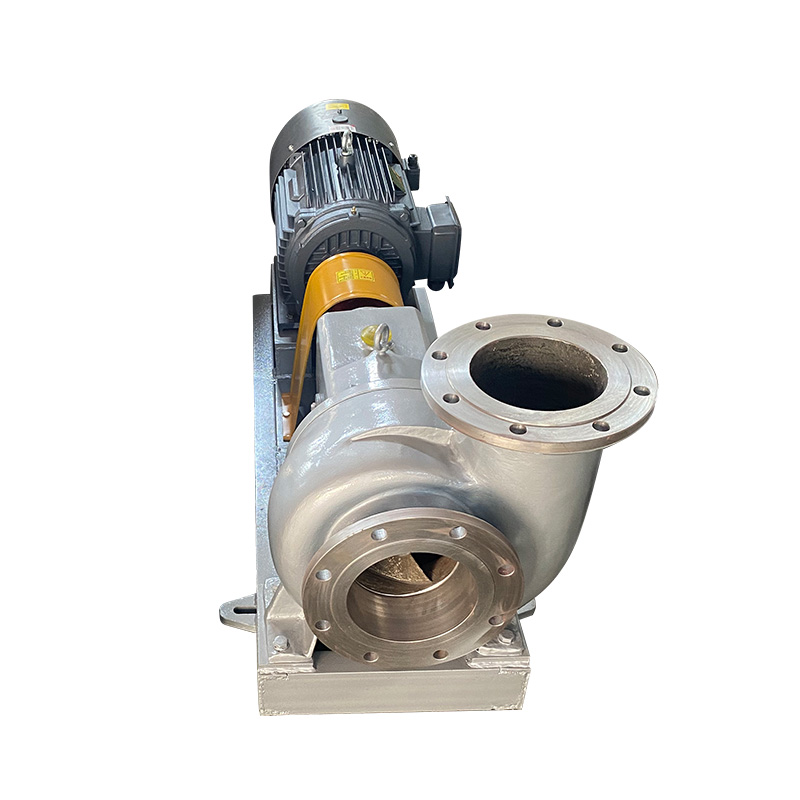



 English
English русский
русский Español
Español